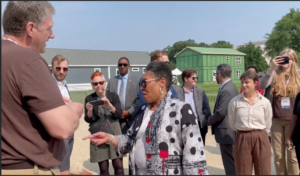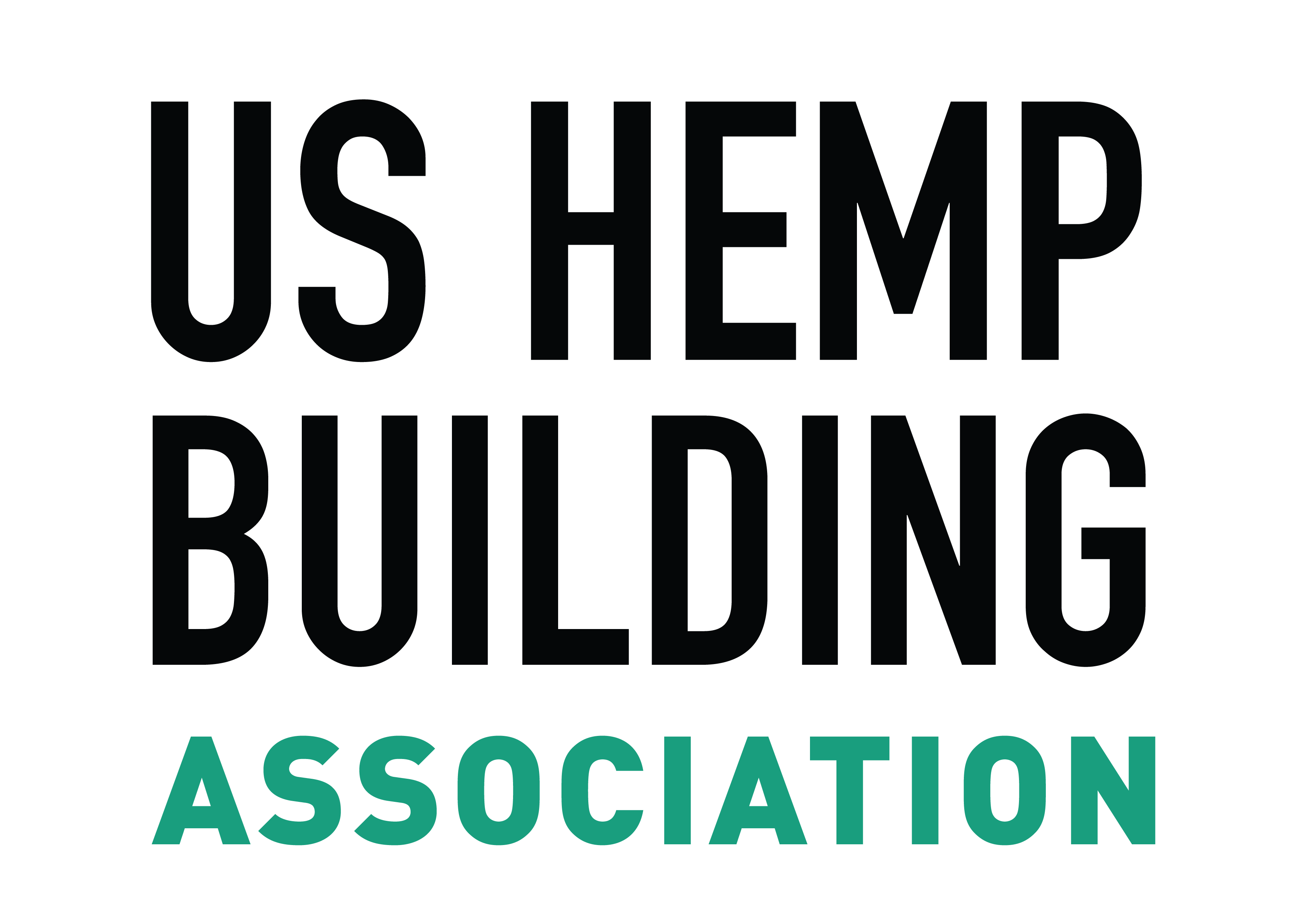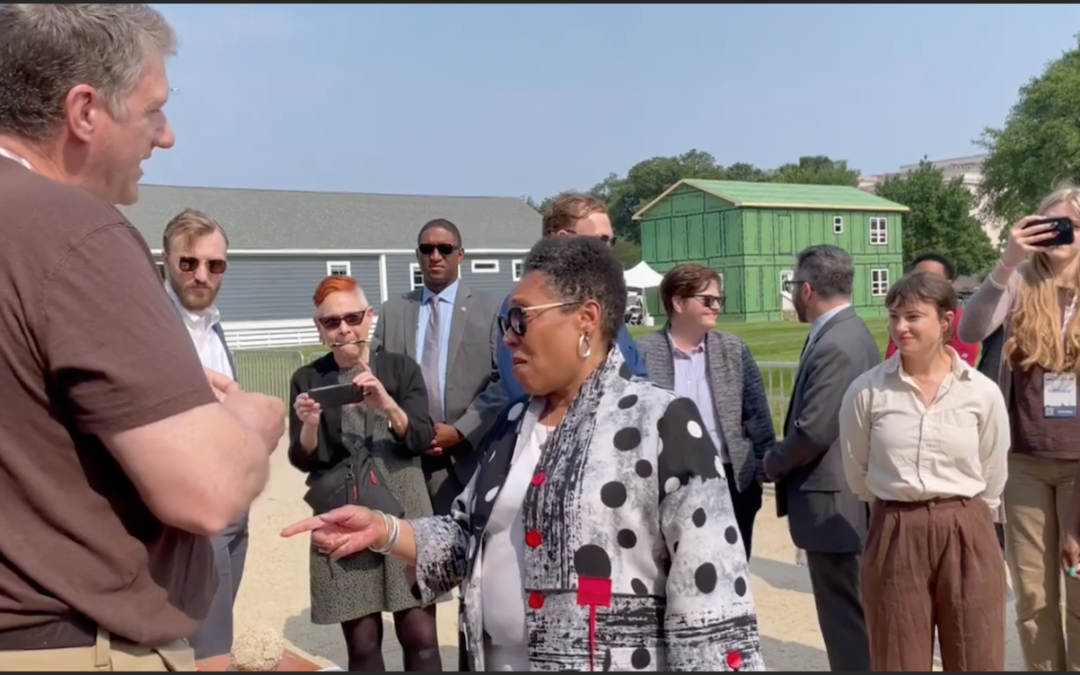
This story first appeared in HempBuildMag.com. Reprinted with permission
By Jean Lotus
The US chief of the Department of Housing and Urban Development (HUD) said she was already familiar with hemp building materials when she encountered them on the National Mall at an exhibit of housing innovations in June.
“I remember, years ago, a company came in and they wanted to [build with] hemp,” HUD Secretary Marcia Fudge told US Hemp Building Association President Ray Kaderli. “We thought it was a great idea, once I read up on it,” she added.
Hemp building materials were part of a parade of cutting-edge innovations that promoted building industry sustainability and energy savings at the second annual Innovative Housing Showcase on DC’s National Mall June 9-11.
The event, co-sponsored by HUD and the National Association of Home Builders, featured dozens of companies showcasing construction innovations, as well as federal departments such as HUD, FEMA and the US Department of Energy.
Hemp building materials made an appearance at several other exhibits apart from the industry trade association’s booth. Idaho-based Hempitecture, Inc. displayed batt fiber hemp insulation. Hempitecture’s insulation was also featured in an exhibited model home designed by Brooklyn, NY-based Cypress Community Development Corp a not-for-profit housing development company specializing in disaster recovery and workforce housing. Hemp was also featured in the display of Gilroy, CA-based NanoArchitech as an insulation material inside a phosphate-bonded nano-ceramic shell.
During the exhibit, at the national meeting of the National Association of Home Builders, former USHBA presidents Jacob Waddell and Architect Bob Escher spoke about the use of hemp-lime in sustainable, renewable housing.
Secretary Fudge and Kaderli, the trade association’s president, discussed the potential of hemp building materials to support American farmers.
“While hemp is providing a healthy environment for buildings, it has the profitable pull to be an ecological and economic juggernaut for the whole country,” Kaderli said.
Fudge said she had first heard of hemp building materials “eight or ten years ago.”
Hemp building materials, particularly hemp-lime or “hempcrete,” have been used in Europe for about 30 years, particularly in social housing and public buildings in France.
But some North American companies have come up with manufacturing innovations, such as Idaho-made HempWool batt insulation and HempWood flooring, made in Murray, KY, both on display on the National Mall at the showcase.

Photo by Ray Kaderli
The first hemp builders pitching to HUD a decade ago may have been ahead of their time but HUD itself has shifted focus to retrofit affordable housing across the United States with energy efficient and healthy materials. In May, HUD announced a $4 billion loan program to states to upgrade affordable housing with green, energy saving retrofits.
Hemp may be a good fit for these opportunities, and Waddell, president and founder of the Hemp Building Institute has announced the organization is pivoting to affordable housing.
Indeed, the Biden Harris administration has placed a strong emphasis on cleaning up the greenhouse gas emissions of the construction industry with a series of green initiatives in the Inflation Reduction Act.
The Buy Clean America program aims to reduce carbon emissions in federal infrastructure concrete on federal highways. Many states (including New York, New Jersey, California and Colorado) have adopted low-emission concrete building codes.
The federal General Services Administration is adopting sustainable building materials in its Green Proving Ground program to accelerate marketplace acceptance of low-carbon building materials and convert 350 million sq ft of federal buildings to net-zero carbon emissions by 2045.
The Department of Energy has particularly been interested in hemp building materials. DOE has invested grant and incubator support money in companies manufacturing insulation and load-bearing hemp building products.
As industrial hemp is grown in the United States after 80 years of prohibition, building materials for affordable housing may be a way to create healthy long-lasting housing and give an added benefit to US farmers. Washington DC may be the place where US hemp building gets a much needed boost.

